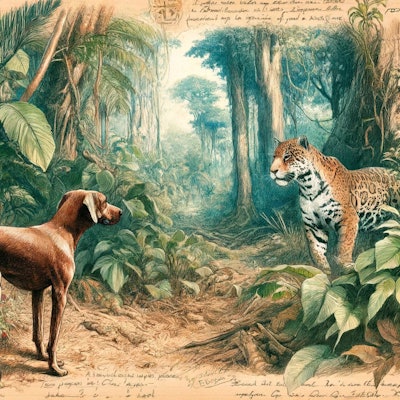
A lifecycle assessment of Brazilian dog food identified formulation as the stage with the largest influence on a product’s sustainability. Lifecycle assessments evaluate the environmental repercussions of the pet food industry, starting with raw materials, production and distribution, then continuing through the in-home use and disposal stages. Pet owners increasingly want to know the global ecological ramifications of the food they serve their companion animals. Conducting a lifecycle assessment helps identify where pet food brands should focus to reduce their carbon footprints or resource use.
Researchers conducted a lifecycle assessment to estimate how the formulation, production and distribution of extruded dog food in Brazil affects the environment. Their results were published in the Journal of Cleaner Production.
Dog food lifecycle assessment research
The researchers considered the environmental aspects of dog foods from cradle to grave, covering the extraction of raw materials, transportation, processing, production, packaging and distribution. The estimates were based on the amount of food required to meet the energy needs for maintaining a 10-kilogram (22-pound) dog. The ecological effects were calculated using the environmental footprint method. The production and use of ingredients and packaging materials were modeled to match Brazilian conditions. Data on transportation, processing, distribution, electric and thermal power generation, water usage, and waste generation were sourced from company records (2019–2020).
The study found that formulation was the most significant factor, accounting for 70% to 90% of total environmental impacts. Some of these ecological consequences included terrestrial and marine eutrophication, or the accumulation of excessive nutrients, ocean acidification, particulate matter pollution and climate change. These categories represented 80% of Brazilian pet foods' total environmental effects. The production of dog food resulted in the emission of 88.73 kg CO2 equivalent per year or 1.37 kg CO2 equivalent per kilogram of distributed food.
By-products provided one example of how ingredient selection can be the most crucial factor in mitigating the environmental impacts of pet foods, they wrote. Using animal meals, such as poultry meal, and vegetable by-products, like wheat bran and rice bran, helped reduce environmental impacts.
By using food products that humans would otherwise discard, pet food can more efficiently use the resources dedicated to agriculture.
 created by Tim Wall using DALL-E 3
created by Tim Wall using DALL-E 3
















